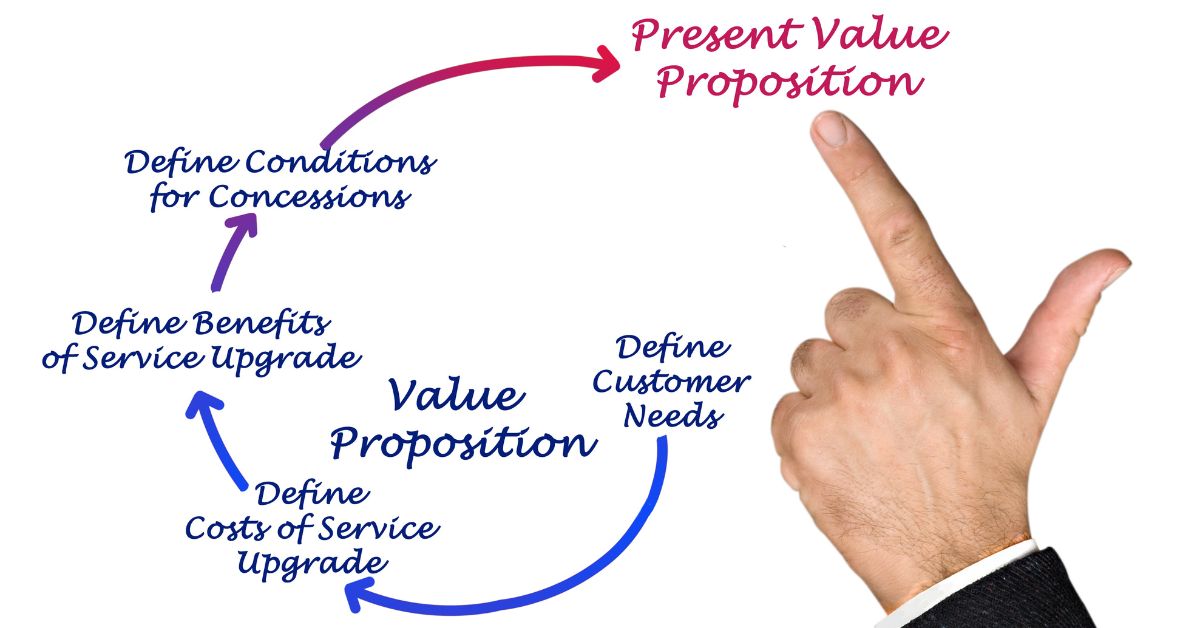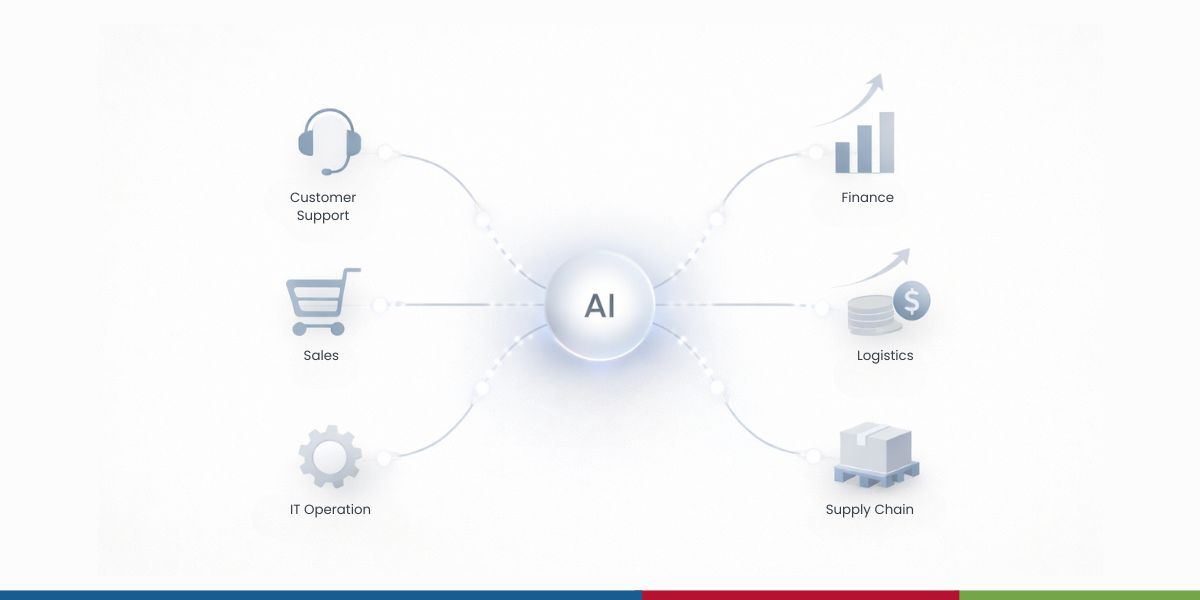Unleashing the Power of OVP Marketing

4 min read | By Postpublisher P | 30 May 2023 | Marketing
What is your online value proposition (OVP)? It is the unique value that you offer to your online customers that sets you apart from your competitors. It is the reason why people should choose you over others, and the benefit that they will get from doing business with you.
But having a great OVP is not enough. You also need to communicate it effectively to your target audience and persuade them to take action. That’s where OVP marketing comes in. OVP marketing is the process of creating and delivering compelling messages that showcase your OVP, and drive traffic, conversions, and loyalty.
In this blog post, we will show you how to unleash the power of OVP marketing for your business. We will cover the steps to craft a strong OVP, the best practices to promote it online, and the tools and techniques to measure and improve your OVP marketing performance. Let’s get started!
 Online value proposition (OVP) marketing is the process of creating and delivering compelling messages that showcase your unique value to your online customers. It is a key element of your digital marketing strategy, as it helps you to attract, engage, and retain your target audience. But how can you craft an effective OVP marketing for your business? Here are some steps to follow:
Online value proposition (OVP) marketing is the process of creating and delivering compelling messages that showcase your unique value to your online customers. It is a key element of your digital marketing strategy, as it helps you to attract, engage, and retain your target audience. But how can you craft an effective OVP marketing for your business? Here are some steps to follow:
 Online Value Proposition Marketing (OVP Marketing) is the process of creating and delivering compelling messages that showcase your unique value to your online customers. It is a key element of your digital marketing strategy, as it helps you to attract, engage, and retain your target audience. But how can you promote your OVP Marketing online effectively? Here are some best practices to follow:
Online Value Proposition Marketing (OVP Marketing) is the process of creating and delivering compelling messages that showcase your unique value to your online customers. It is a key element of your digital marketing strategy, as it helps you to attract, engage, and retain your target audience. But how can you promote your OVP Marketing online effectively? Here are some best practices to follow:
 Online Value Proposition Marketing (OVP Marketing) is the process of creating and delivering compelling messages that showcase your unique value to your online customers. It is a key element of your digital marketing strategy, as it helps you to attract, engage, and retain your target audience. But how can you measure and improve your OVP Marketing performance? Here are some tools and techniques to use:
Online Value Proposition Marketing (OVP Marketing) is the process of creating and delivering compelling messages that showcase your unique value to your online customers. It is a key element of your digital marketing strategy, as it helps you to attract, engage, and retain your target audience. But how can you measure and improve your OVP Marketing performance? Here are some tools and techniques to use:
How to Craft Online Value Proposition Marketing for Your Business?
 Online value proposition (OVP) marketing is the process of creating and delivering compelling messages that showcase your unique value to your online customers. It is a key element of your digital marketing strategy, as it helps you to attract, engage, and retain your target audience. But how can you craft an effective OVP marketing for your business? Here are some steps to follow:
Online value proposition (OVP) marketing is the process of creating and delivering compelling messages that showcase your unique value to your online customers. It is a key element of your digital marketing strategy, as it helps you to attract, engage, and retain your target audience. But how can you craft an effective OVP marketing for your business? Here are some steps to follow:
⒈ Define your target market and customer segments.
The first step is to identify who you are trying to reach with your OVP marketing. You need to understand their needs, wants, pain points, goals, and preferences. You can use market research, customer feedback, analytics, and personas to segment your audience into different groups based on their characteristics and behaviours.⒉ Analyse your competitors and their OVPs.
The next step is to assess your competitive landscape and see how you compare to your rivals. You need to find out what they are offering, how they are positioning themselves, and what their OVPs are. You can use tools like SWOT analysis, competitor analysis, and benchmarking to evaluate their strengths, weaknesses, opportunities, and threats.⒊ Identify your unique value proposition (UVP).
The third step is to determine what makes you different and better than your competitors. You need to articulate your unique value proposition (UVP), which is the core of your OVP. Your UVP should answer the question: why should customers choose you over others? It should highlight the benefits that you provide, the problems that you solve, and the emotions that you evoke.⒋ Craft your OVP statement.
The fourth step is to write your OVP statement, which is a concise and catchy summary of your UVP. Your OVP statement should communicate your value in a clear and compelling way, and appeal to your target market’s needs and desires. It should also include a call-to-action (CTA) that motivates them to take the next step.⒌ Test and refine your OVP.
The final step is to test and refine your OVP based on feedback and results. You need to measure the effectiveness of your OVP marketing using metrics like traffic, conversions, retention, satisfaction, and loyalty. You also need to collect feedback from your customers using surveys, reviews, testimonials, and social media. You should use this data to optimise your OVP and improve your marketing performance.Best Practices to Promote Online Value Proposition Marketing Online
 Online Value Proposition Marketing (OVP Marketing) is the process of creating and delivering compelling messages that showcase your unique value to your online customers. It is a key element of your digital marketing strategy, as it helps you to attract, engage, and retain your target audience. But how can you promote your OVP Marketing online effectively? Here are some best practices to follow:
Online Value Proposition Marketing (OVP Marketing) is the process of creating and delivering compelling messages that showcase your unique value to your online customers. It is a key element of your digital marketing strategy, as it helps you to attract, engage, and retain your target audience. But how can you promote your OVP Marketing online effectively? Here are some best practices to follow:
⒈ Know your target market and customer segments
The first step is to know who you are trying to reach with your OVP Marketing. You need to understand their needs, wants, pain points, goals, and preferences. You can use market research, customer feedback, analytics, and personas to segment your audience into different groups based on their characteristics and behaviours.⒉ Analyse your competitors and their OVPs
The next step is to assess your competitive landscape and see how you compare to your rivals. You need to find out what they are offering, how they are positioning themselves, and what their OVPs are. You can use tools like SWOT analysis, competitor analysis, and benchmarking to evaluate their strengths, weaknesses, opportunities, and threats.⒊ Craft your OVP statement and CTA
The third step is to write your OVP statement and CTA, which are concise and catchy summaries of your unique value proposition (UVP) and call-to-action. Your OVP statement should communicate your value in a clear and compelling way, and appeal to your target market’s needs and desires. Your CTA should motivate them to take the next step.⒋ Choose the right channels and platforms
The fourth step is to choose the right channels and platforms to promote your OVP Marketing online. You need to consider where your audience spends their time online, what type of content they consume, and how they interact with brands. You can use a mix of owned, earned, and paid media channels, such as website, blog, email, social media, SEO, PPC, influencer marketing, etc. These Inbound marketing strategies will help you attract, engage, and delight your online customers by providing them with valuable and relevant content that matches their needs and interests. Having an online value proposition helps you differentiate your business from your competitors by highlighting the unique benefits and solutions that you offer to your online customers. By combining inbound marketing and online value proposition, you can create a powerful digital marketing strategy that drives traffic, conversions, and loyalty for your business.⒌ Use creative brand assets and videos
The fifth step is to use creative brand assets and videos to reinforce your OVP Marketing online. Visuals are more engaging and memorable than text alone, and can help you stand out from the crowd. Videos are especially effective for showcasing your products or services, telling stories, demonstrating benefits, and building trust.⒍ Test and refine your OVP Marketing
The final step is to test and refine your OVP Marketing based on feedback and results. You need to measure the effectiveness of your OVP Marketing using metrics like traffic, conversions, retention, satisfaction, and loyalty. You also need to collect feedback from your customers using surveys, reviews, testimonials, and social media. You should use this data to optimize your OVP Marketing and improve your marketing performance.Tools and Techniques to Measure and Improve Your Online Value Proposition Marketing Performance
 Online Value Proposition Marketing (OVP Marketing) is the process of creating and delivering compelling messages that showcase your unique value to your online customers. It is a key element of your digital marketing strategy, as it helps you to attract, engage, and retain your target audience. But how can you measure and improve your OVP Marketing performance? Here are some tools and techniques to use:
Online Value Proposition Marketing (OVP Marketing) is the process of creating and delivering compelling messages that showcase your unique value to your online customers. It is a key element of your digital marketing strategy, as it helps you to attract, engage, and retain your target audience. But how can you measure and improve your OVP Marketing performance? Here are some tools and techniques to use:
⒈ Use analytics tools to track and measure your OVP Marketing metrics
You need to track and measure the performance of your OVP Marketing regularly, and use tools like Google Analytics, Hotjar, or HubSpot to analyse the behaviour and feedback of your customers. Some of the metrics you should monitor include: – Traffic: How many visitors are coming to your website or landing page? – Conversions: How many visitors are taking the desired action, such as signing up, downloading, or buying? – Retention: How many customers are staying loyal, returning, or referring to others? – Satisfaction: How satisfied are your customers with your value proposition, products, or services? – Loyalty: How likely are your customers to recommend you to others?⒉ Use testing tools to optimize your OVP Marketing message and design
You need to optimize your OVP Marketing message and design based on data and feedback, and use tools like Google Optimize, Unbounce, or Leadpages to create and run split tests or A/B tests, where you show different versions of your value proposition to different segments of your visitors and compare the results. Some of the elements you should test include: – Headline: Does it capture attention and communicate value? – Sub-headline: Does it support and expand on the headline? – Body copy: Does it explain the benefits and features clearly and persuasively? – Image: Does it illustrate the value proposition visually and emotionally? – Call-to-action: Does it motivate the visitor to take action?⒊ Use writing tools to improve your OVP Marketing clarity and readability
You need to improve your OVP Marketing clarity and readability based on best practices and guidelines, and use tools like CoSchedule Headline Analyzer, Hemingway App, or Grammarly to improve the clarity, readability, and grammar of your value proposition. Some of the tips you should follow include: – Use simple and direct language that speaks to your audience. – Use active voice instead of passive voice. – Use short sentences and paragraphs. – Use bullet points or lists. – Use power words or emotional triggers.Conclusion
OVP Marketing is a digital marketing strategy that shows your unique value to your online customers. It helps you attract, engage, and retain them. To create an OVP Marketing, you need to know your audience, competitors, value proposition, message, channels, and visuals. You also need to test and optimize your OVP Marketing. OVP Marketing can help your business grow online. OVP Marketing is a powerful way to differentiate yourself from your competitors and win over your online customers. By using these tools and techniques, you can measure and improve your OVP Marketing performance and reach your business goals.The latest from our editors
Join over 150,000+ subscribers who get our best digital insights, strategies and tips delivered straight to their inbox.


